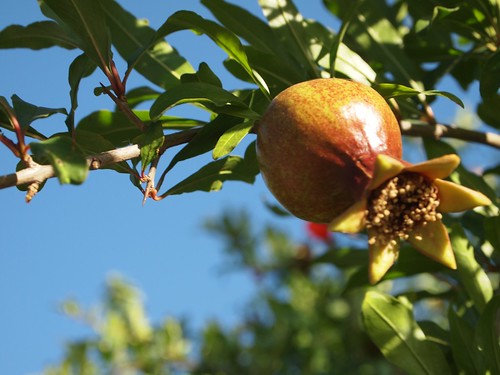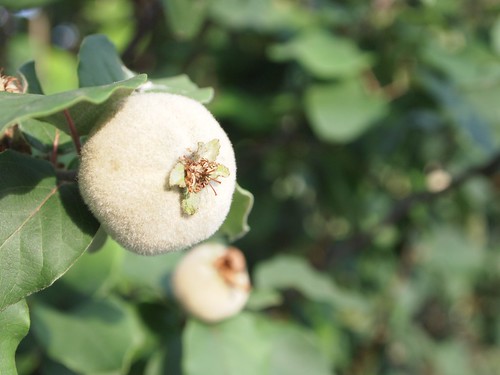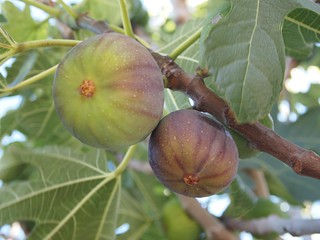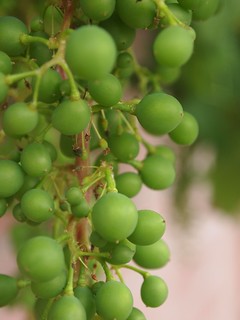In the neighborhood…Persimmons, pomegranates, figs and grapes
Spring has spring here in the neighborhood and in one 1.5 mile walk around the neighborhood we saw persimmons, pomegranates, figs and grapes setting fruit. We also saw apples and apricots, but that is for another post. (SMILE) Most people seem to envision citrus trees when thinking of Southern California, but there are a lot of other fruits that grow well here, even in the home garden. Here are some photos from our walk. I am thinking of starting to do little video shorts for In the neighborhood, too, to let you see the fruit and flowers in all their glory.
Persimmon
“Persimmons are the edible fruit of a number of species of trees in the genus Diospyros. Diospyros is in the family Ebenaceae, and certain species of Diospyros are the sources of most kinds of ebony wood, and not all species bear edible fruit. In color the ripe fruit of the cultivated strains range from light yellow-orange to dark red-orange depending on the species and variety. They similarly vary in size from 1.5 to 9 cm (0.5 to 4 in) in diameter, and in shape the varieties may be spherical, acorn-, or pumpkin-shaped.[1] The calyx generally remains attached to the fruit after harvesting, but becomes easy to remove once the fruit is ripe. The ripe fruit has a high glucose content. The protein content is low, but it has a balanced protein profile. Persimmon fruits have been put to various medicinal and chemical uses.
Like the tomato, persimmons are not popularly considered to be berries, but in terms of botanical morphology the fruit is in fact a berry.” — Wikipedia

Pomegranate
“The pomegranate /ˈpɒmɨɡrænɨt/, scientific name Punica granatum, is a fruit-bearing deciduous shrub or small tree growing between 5–8 metres (16–26 ft) tall.
The pomegranate is widely considered to have originated in the vicinity of Iran and has been cultivated since ancient times.[1][2][3] Today, it is widely cultivated throughout the Mediterranean region of southern Europe, the Middle East and Caucasus region, northern Africa and tropical Africa, the Indian subcontinent and the drier parts of southeast Asia.[4] Introduced into Latin America and California by Spanish settlers in 1769, pomegranate is also cultivated in parts of California and Arizona.[5]
In the Northern Hemisphere, the fruit is typically in season from September to February.[6] In the Southern Hemisphere, the pomegranate is in season from March to May.The pomegranate has been mentioned in many ancient texts, notably in Babylonian texts, the Book of Exodus, the Homeric Hymns and the Quran.[7] In recent years, it has become more common in the commercial markets of North America and the Western Hemisphere.[4][5]
Pomegranates are used in cooking, baking, juices, smoothies and alcoholic beverages, such as martinis and wine.[8]” — Wikipedia
Do you have persimmons, pomegranates, figs and grapes in your yard or garden? Share your pictures and thoughts in the comments!
More information on Persimmons, pomegranates, figs and grapes:
















